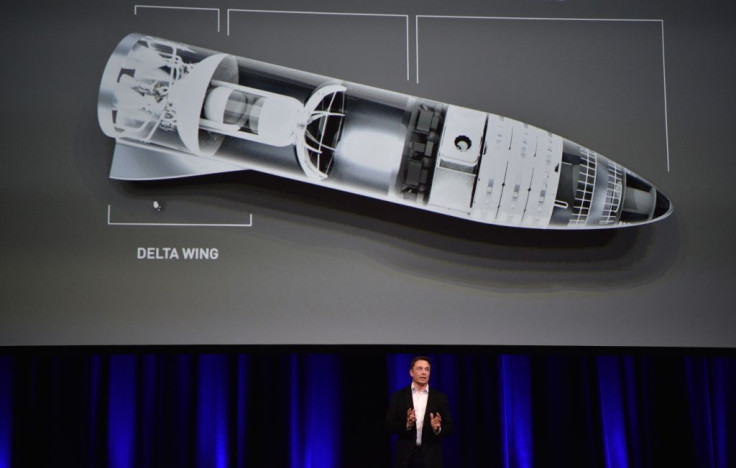NASA, SpaceX To Land Starship On Moon By 2022, Launch 60 Starlinks Next Week

SpaceX COO and President Gwynne Shotwell announced that the company is looking to launch its Starship spacecraft to the Moon within three years. Aside from Starship, the company is also preparing to deploy additional Starlink satellites in low-Earth orbit.
For the past couple of months, SpaceX has been unveiling details of Starship, which will serve as the company’s fully reusable rocket that will provide commercial spaceflights. Recently, Shotwell confirmed that the company is targeting to reach the lunar surface using Starship in 2022.
If everything goes well, Shotwell noted that SpaceX will proceed with transporting human crews to the Moon using its spacecraft, which is capable of carrying up to 100 people.
“We want Starship in orbit next year; we want to land it on the Moon before 2022 with Cargo and with people shortly thereafter,” Shotwell said according to CNBC.
SpaceX will most likely work with NASA for its future historic launch. After all, the space agency is also preparing its own crewed lunar mission as part of its new spaceflight program dubbed as Artemis. Working with NASA will certainly help SpaceX in figuring out the important aspects of the launch, such as returning from the Moon.
“If you’re going to take people to other planets, you can’t wait for a new aerospace industry to develop on the planet before you can figure out how to land a rocket. You have to figure out how to land, refuel, and come back,” Shotwell explained.
Aside from Starship, SpaceX is also preparing to launch additional satellites for its Starlink project. Currently, the company has 60 satellites orbiting Earth. According to Shotwell, the company aims to launch new batch of satellites within the next couple of weeks.
The goal of the company is to have about 1,200 satellites orbiting Earth in order to provide stable internet service to the entire planet.
“In the next few weeks we’re going to launch another 60 and then get to a cadence of launching 60 every other week to fill out the constellation,” Shotwell said. “We need 360 to 400 to have a constant connectivity where the satellites can end up through the ground talking to each other. Once we get to 1,200 satellites, we will have coverage of the whole globe.”
© Copyright IBTimes 2024. All rights reserved.





















